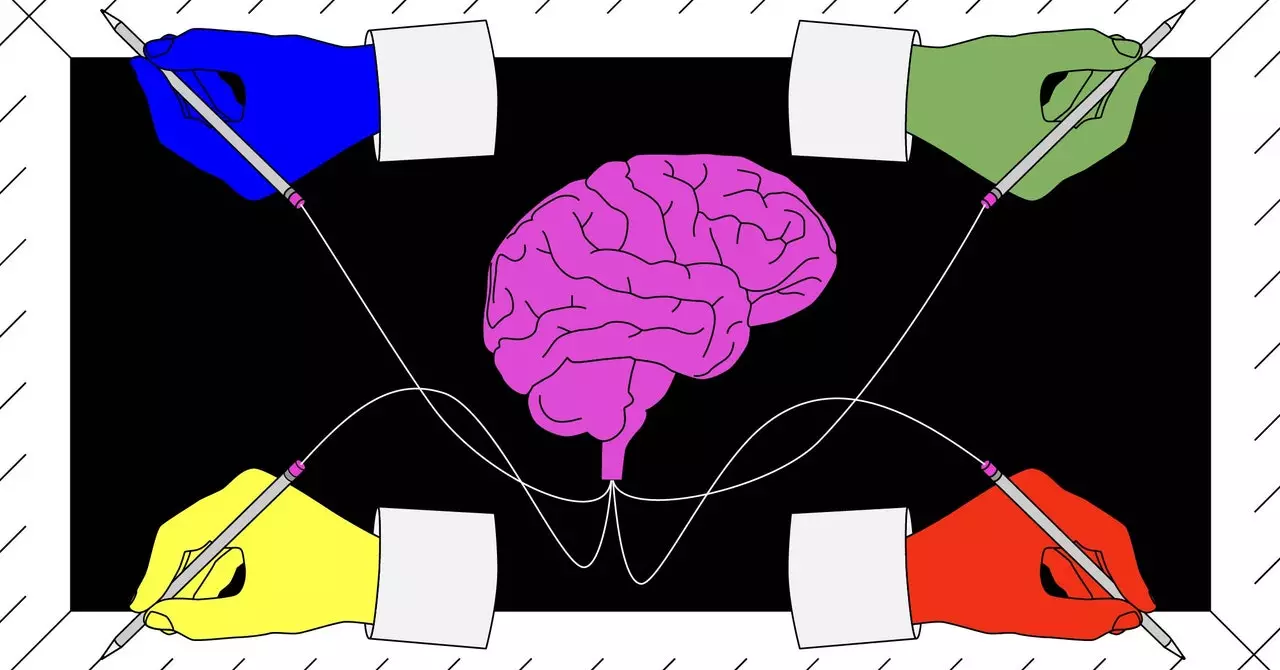The use of generative AI in student writing has seen a significant increase in recent years, with over 22 million papers submitted that may have utilized this technology. According to data released by Turnitin, a plagiarism detection company, more than 200 million papers have been reviewed by their AI writing detection tool, revealing that 11 percent of these papers may contain AI-written language in 20 percent of their content. Furthermore, 3 percent of the papers reviewed were flagged for having 80 percent or more content generated by AI.
Despite the convenience and efficiency that generative AI offers, there are concerns regarding its accuracy and reliability. The launch of ChatGPT, a generative AI tool, led to fears that traditional writing methods would become obsolete. However, generative AI has been known to produce inaccurate information, fabricate facts, and exhibit biases related to gender and race. This raises questions about the credibility of papers generated using AI and the potential impact on academic integrity.
One of the challenges in addressing the use of generative AI in student writing is the difficulty in detecting its presence. Unlike traditional plagiarism, identifying AI-generated content requires sophisticated tools and methods. Moreover, students may use AI in various ways, from seeking assistance in organizing ideas to relying on AI as a ghostwriter. This variability in usage makes it challenging for teachers to effectively monitor and prevent unauthorized use of generative AI.
In response to the increasing prevalence of generative AI in student writing, detection tools such as Turnitin’s AI detector have been updated to recognize not only AI-generated content but also text rewritten by AI-powered tools like Grammarly. This expansion in detection capabilities aims to address the evolving landscape of AI-assisted writing and ensure academic integrity. However, the risk of bias in detection tools remains a concern, particularly in cases where English language learners may be disproportionately flagged as false positives.
As generative AI continues to evolve and integrate into educational settings, the boundaries of what constitutes acceptable use of AI in student writing become increasingly blurred. Teachers face the challenge of balancing innovation with integrity, ensuring that students are held accountable for their work while promoting academic honesty. The onus is on educational institutions to develop clear policies and guidelines regarding the use of generative AI in writing to maintain academic standards and uphold the value of originality in student work.


Leave a Reply